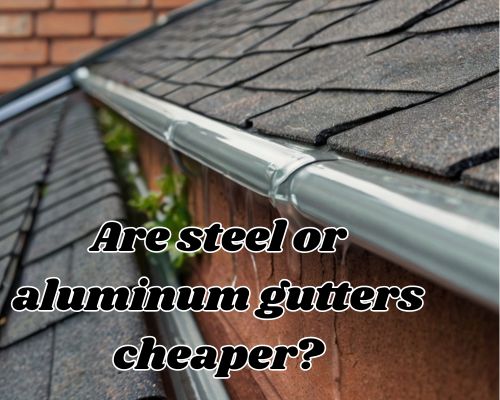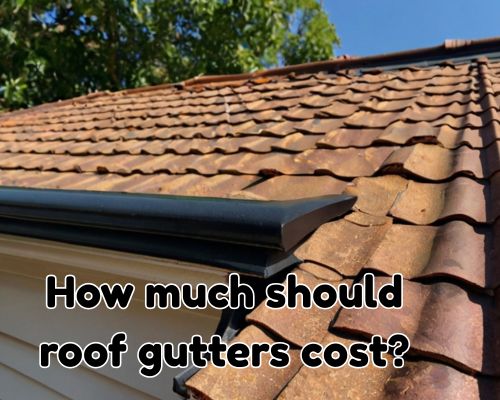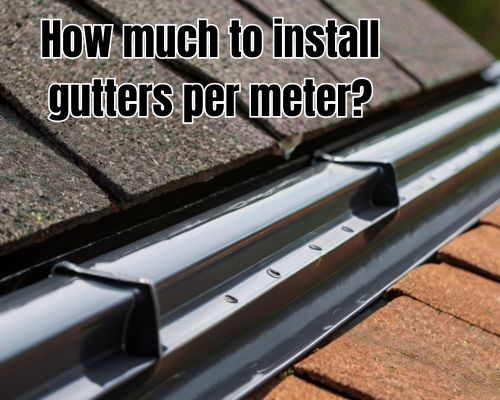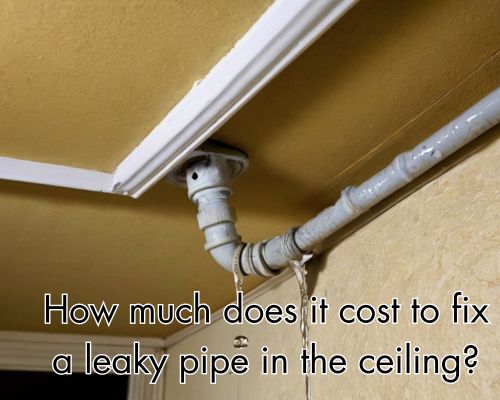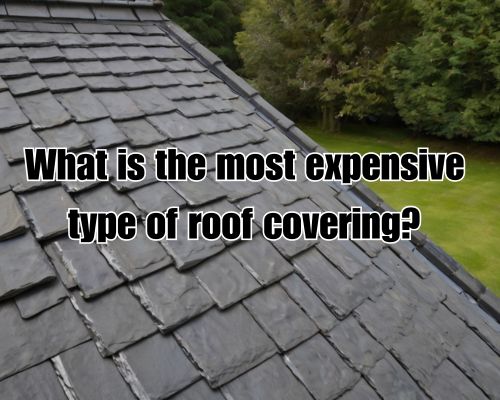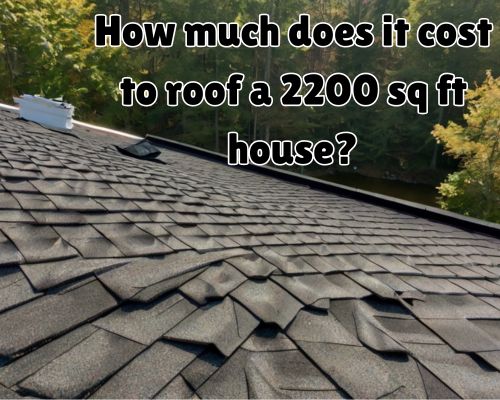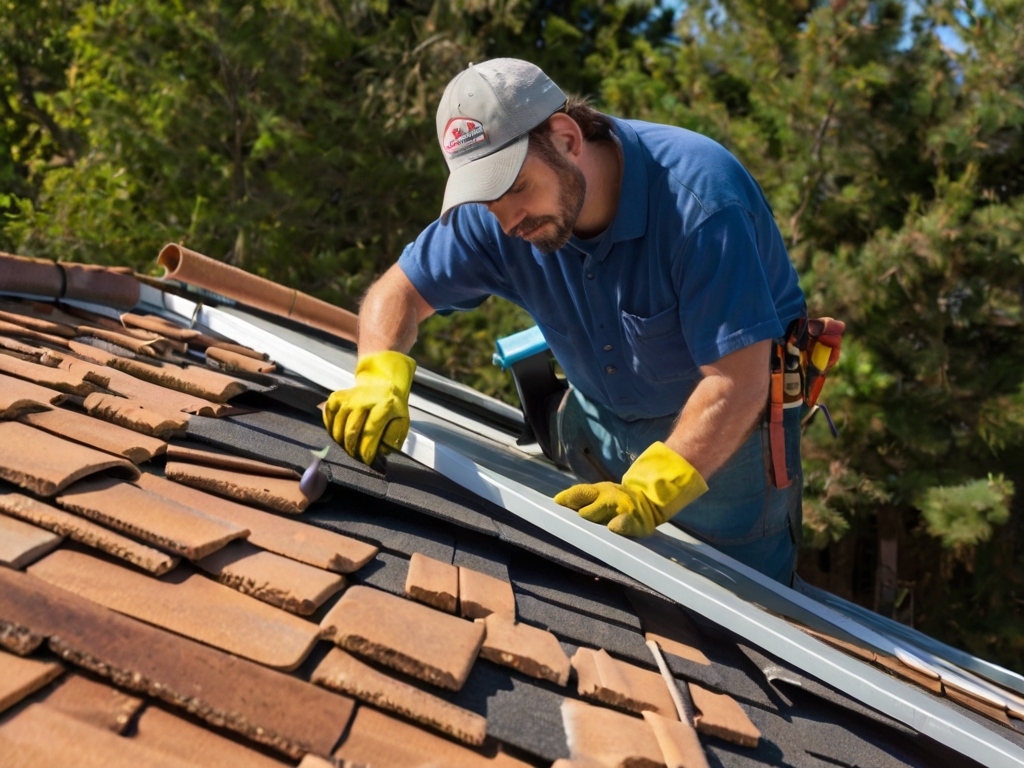How often should I clean my gutters in Florida?
How often should I clean my gutters in Florida?
🌀Introduction: Why Gutter Cleaning Matters More in West Palm Beach, Florida
Living in West Palm Beach, Florida means dealing with the perks and pitfalls of a subtropical climate. While the year-round sunshine and ocean breeze are a dream, the frequent rains, storms, and lush landscaping can wreak havoc on your gutters. Homeowners here often ask, “How often should I clean my gutters in Florida?” The answer isn’t a simple once-a-year fix — Florida homes demand a more vigilant and strategic gutter maintenance routine.
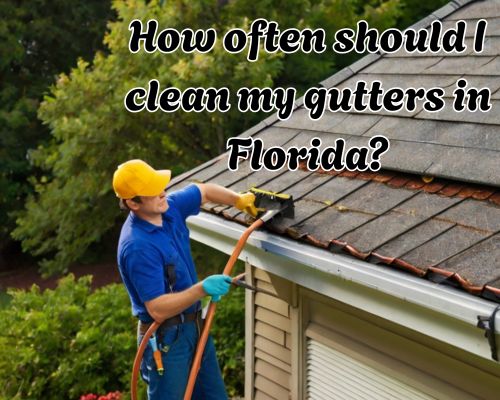
With Mike Owen of Gutters of West Palm Beach, we’ll explore how often you should clean your gutters in West Palm Beach, what factors affect your schedule, and why neglecting your gutters could lead to costly water damage, roof problems, and even pest infestations.
🌴 Florida’s Climate = Unique Gutter Challenges
Florida’s climate—especially in West Palm Beach—is classified as humid subtropical, with an average of 62 inches of rainfall per year, well above the U.S. average. The region also faces hurricane threats, frequent thunderstorms, and high humidity that encourage mold and algae growth.
The result? Your rain gutters often fill with:
- Palm fronds and oak leaves
- Pine needles
- Storm debris
- Pollen buildup
- Shingle granules from roofing wear
Combine this with Florida’s rapid plant growth and hurricane season (June to November), and you’ve got a perfect storm for clogged gutters.
📆 So, How Often Should You Clean Gutters in Florida?
In Florida — and especially in West Palm Beach — the general rule is to clean your gutters at least three times per year. However, your specific cleaning schedule may vary depending on your home’s surroundings and the time of year.
🧽 Standard Gutter Cleaning Frequency
| Time of Year | Reason | Description |
|---|---|---|
| Late Spring (May–June) | 🌸Pollen and seed drop | Ideal time to clear springtime buildup before summer rains hit. |
| Late Summer (August–September) | 🌪️Storm debris cleanup | Post-hurricane sweep to prevent clogs and overflow. |
| Late Fall (November–December) | 🍂Leaf drop | Even without autumn foliage, palm trees shed debris year-round. |
For homes near heavy tree coverage or coastal winds, cleaning every two to three months may be needed.
🔎 Signs Your Gutters Need Immediate Attention
Even with a proactive schedule, keep an eye out for these telltale signs of clogged gutters in your West Palm Beach home:
- Water overflowing from the sides during a rainstorm
- Staining or rot on fascia or soffits
- Sagging or pulling away from the roofline
- Plant growth sprouting from your gutters
- Pools of water near your home’s foundation
- Insect activity or signs of rodents nesting
Ignoring these indicators can lead to foundation erosion, basement flooding, roof leaks, mold, and even pest infestations. In Florida’s wet environment, moisture problems escalate fast.
💡 Why More Frequent Cleaning is Cost-Effective in Florida
You may think frequent gutter maintenance sounds expensive, but consider the alternative:
| Problem | Estimated Cost to Repair |
|---|---|
| Water-damaged soffit/fascia | $1,000–$2,500 |
| Roof repairs from clogged gutters | $500–$5,000 |
| Foundation crack repair | $2,000–$10,000 |
| Mold remediation | $1,200–$6,000 |
| Pest control & exclusion | $300–$2,000 |
Regular gutter cleaning prevents all of these, especially in West Palm Beach, where high moisture levels accelerate damage.
🛠️ DIY vs. Professional Gutter Cleaning in West Palm Beach
🏠 DIY Gutter Cleaning
DIY methods can work, especially on one-story homes. Tools like:
- Gutter scoops
- Leaf blower attachments
- Gutter cleaning wands
- Garden hoses with pressure nozzles
However, DIY comes with risks—especially when climbing ladders on wet or slippery ground during Florida’s rainy months.
🧑🔧 Professional Gutter Cleaning Services
Many West Palm Beach homeowners opt for licensed local gutter cleaning companies that offer:
- Roof and gutter inspections
- Downspout flushing
- Minor repair services
- Gutter guard installation
The average cost for gutter cleaning in West Palm Beach ranges between $100–$300, depending on home size and gutter condition.
Hiring professionals especiallu Gutters of West Palm Beach also helps identify hidden issues like cracked seams, rusted hangers, or nesting animals—problems that can go unnoticed with DIY.
📍 Local Factors That Influence Gutter Cleaning Frequency in West Palm Beach
- Tropical Trees:
Coconut palms, ficus, and gumbo limbo trees are beautiful but constantly drop debris into gutters. - Storm Activity:
Afternoon thunderstorms, tropical depressions, and hurricanes bring windblown branches, leaves, and silt. - Roof Pitch and Design:
Homes with flatter roofs or complex gutter systems need more frequent cleanings to prevent pooling water. - Salt Air Exposure:
For homes near the coast, salt-laden air can corrode gutter hardware faster—requiring both cleaning and inspection more frequently.
🛡️ Consider Gutter Guards (But Choose Wisely)
Gutter guards can help reduce how often you need to clean, but they’re not a total solution. In West Palm Beach, fine mesh or micro-mesh gutter guards work best against small debris like pine needles and palm fronds. Avoid cheap plastic versions that warp under UV rays or buckle in Florida heat.
A good gutter guard system can extend cleaning intervals to once or twice a year, but they should still be inspected regularly.
📋 Final Thoughts: Smart Gutter Maintenance for Florida Homes
To circle back: How often should I clean my gutters in Florida?
👉 In West Palm Beach, plan on cleaning your gutters at least 3 times a year — and inspect after every major storm.
Preventative maintenance is essential in a climate as dynamic as Florida’s. From torrential rains to subtropical foliage, the elements can overwhelm your drainage system in weeks. By staying proactive, you protect your roof, walls, foundation, and bank account from disaster.
📞 Need Help? Call a Local Gutter Pro in West Palm Beach
If you’re unsure whether your gutters are doing their job, it’s time to schedule a professional gutter inspection. Search for trusted gutter cleaning companies in West Palm Beach with strong reviews and experience in the local area.
Your gutters may not be glamorous—but in Florida, they’re your home’s first line of defense against a very wet world.



